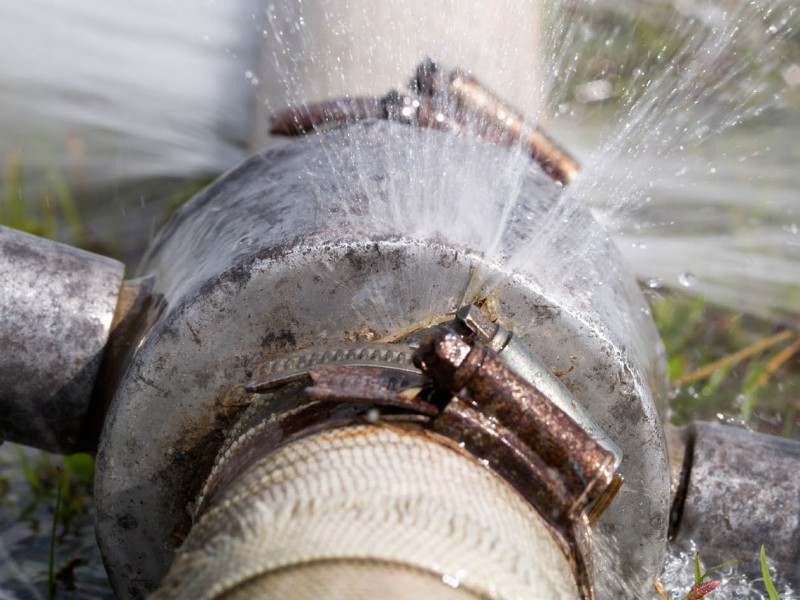Blog - Operational Technologies
Digital Energy: Effective management of utilities - Water and Energy Balancing

Whenever we operate in our home or professional lives, we make use of WAGES (Water, Air, Gas, Electricity, and Steam) in some shape or form. It often surprises me how neglected the management of these resources is. We pay our bills without questioning it. We see leaking water running down the street and wonder if someone has reported it yet. As our access to resources is affected or reliability decreases, more focus has shifted towards alternative sources. In South Africa, we experience high levels of energy losses throughout our Transmission and Distribution networks. These losses include both technical (e.g. transformer and line losses) and non-technical losses (e.g. illegal connections).
However, it’s not only about the utilities supplying us; we also suffer internal losses and inefficiencies in our facilities. Regardless of the source we use, we can take responsibility for our usage and move towards more efficient practices. So we want to look at starting to improving the management of our utilities. At the very least we should have an idea of our total monthly consumption, even if it is just from our utility bill. This alone doesn’t yet give us an idea of where we need to act first. What about comparing if what we’re putting in, is what we are getting out? Water and energy balancing gives us valuable insights into the management and efficiency of a system.
Throughout our electrical or water reticulations, we can set up checks and balances. Once we have the results of a balance analysis, there
are several actions we can take based on the findings. Let’s take a look at water in specific:
• Identify Losses: The water balance can help us identify areas of water loss within the system. By identifying leaks, seepage, or other sources of
losses, we can take appropriate measures to address them promptly and reduce water wastage.
• Implement Leak Detection and Repair: With the water balance data, we can priotitise leak detection and repair efforts. Conduct regular inspections and use advanced leak detection technologies to locate and fix leaks in pipes, valves, and fittings.
• Optimise Use: Analyse the water balance to understand how water is being used in different processes or sectors. We can use this information to optimise water use, ensuring that water is allocated efficiently and not wasted in non-essential activities.
• Assess Efficiency of Water Treatment: For industrial processes that involve water treatment, the water balance can help assess the efficiency of the treatment system. Identify areas where water treatment can be improved to minimise water consumption and discharge.
• Implement Conservation Measures: Based on the water balance results, implement water conservation measures to reduce water consumption. This could involve installing water-efficient equipment, adopting closed-loop systems, or recycling treated water for certain processes.
• Evaluate Demand Forecast: Use the water balance data to forecast future water demand based on historical trends and projected growth. This can help in planning for water availability and infrastructure development.
• Set Management Goals: Establish water management goals and targets based on the water balance outcomes. These goals may include reducing water losses, improving water use efficiency, or achieving specific water consumption targets.
• Monitor Progress and Performance: Regularly monitor and track water balance data to assess the effectiveness of implemented water management strategies. Use this information to make datadriven decisions and fine-tune our approach.
• Comply with Regulations and Standards: Analyse the water balance to ensure compliance with relevant water regulations and standards. This will help avoid penalties and maintain a good reputation for environmental stewardship.
• Educate and Engage Stakeholders: Share the outcomes of the water balance with relevant stakeholders, such as management, employees, and customers, to raise awareness about water conservation efforts and encourage everyone to contribute to watersaving practices.
Considering the interconnectedness of water and electrical energy usage, it is essential to achieve sustainable resource management and mitigate the impacts of constraints and environmental challenges. Integrated approaches that optimise both water and energy use can lead to more efficient and resilient systems. Often effective management of our utilities can seem like a daunting task. We are here to set up a roadmap with you and start off the journey towards achieving your goals.
4Sight OT assists you in improving the way your water and electrical energy resources are monitored, controlled, and utilised. By leveraging real-time and historic data, automation, and intelligent algorithms, we enable more efficient, sustainable, and cost-effective operations.
Contact 4Sight to advise you on effective management of utilities and how to improve efficiency.
Email This email address is being protected from spambots. You need JavaScript enabled to view it.

